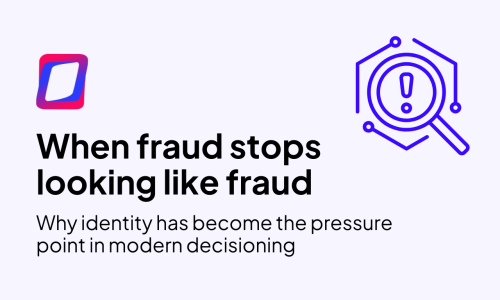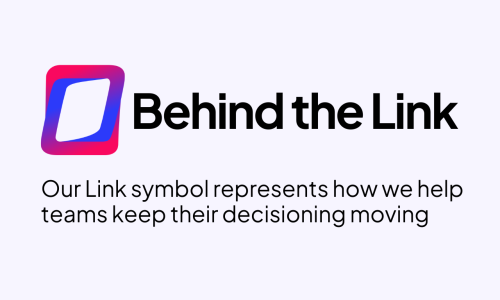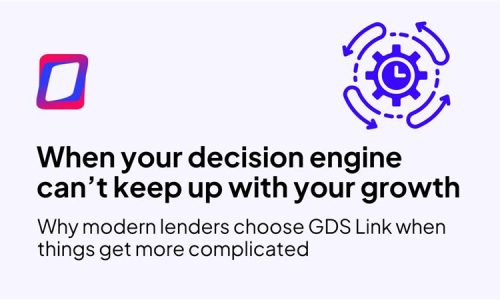The Power of Permission Data: How Lenders Benefit from Access to Consumer Data
Using permission data for better credit decisioning
Permission data plays a vital role in today’s data-driven industry, where lenders heavily depend on valuable information to make well-informed decisions about the creditworthiness of borrowers.
By accessing and analyzing permission data, lenders gain insights into borrowers’ financial history, spending habits, and repayment patterns. This valuable information empowers lenders to offer customized and appropriate loan products. By utilizing this data, lenders can make well-informed decisions about the creditworthiness of borrowers, leading to a substantial decrease in risks and enhancing the precision of underwriting procedures.
Using permission data also has a notable influence on lenders’ conversion rates. The availability of comprehensive data enables lenders to assess borrowers’ credit risk more effectively, resulting in more confident and accurate lending choices. As a result, this enhanced risk assessment leads to higher conversion rates, making lending operations more efficient and profitable for lenders. Moreover, when real-time transactions are automated using permission data, borrowers’ experience improves significantly. This automation streamlines interactions between lenders and borrowers, expediting the lending process and ensuring clear and transparent communication throughout the entire journey.
Lenders can increase conversion rates by segmenting users based on permission data. By categorizing potential borrowers according to their financial profiles, preferences, and behaviors, lenders can effectively tailor marketing efforts to target specific segments. This precision targeting improves the likelihood of successful conversions and enhances overall marketing efficiency.
The Value of Permission Data: Perspectives from Lenders
It’s paramount to understand the importance of permission data from both a strategic and operational standpoint. Strategically, access to permission data enables lenders to remain competitive and adaptive; it empowers them to stay ahead of the curve, make data-driven decisions, and better cater to their customers’ needs.
To encourage users to share permission data willingly, lenders have found creative ways to use it as a carrot rather than a stick, like offering attractive incentives, such as personalized loan offers, better interest rates, or discounts, in exchange for accessing permission data. This approach improves the quality and accuracy of data and fosters a sense of trust and transparency between the lender and the borrower.
By utilizing permission data, lenders have successfully provided financial products that are adaptable and accessible, tailored to the specific requirements of diverse customer segments. Nevertheless, it is essential to prioritize data privacy and secure consumer consent to uphold data protection and comply with regulations. This helps maintain customer trust and ensures the safety of sensitive financial information.
The Role of Consumer Permission Data in Financial Inclusion
Consumer permission data is pivotal in promoting financial inclusion by providing access to credit and financial services for underserved populations. For individuals with limited or no credit history, permission data offers an alternative way to assess creditworthiness, enabling lenders to extend loans to more diverse borrowers. This inclusivity benefits consumers and opens up new markets and revenue streams for lenders.
Leveraging permission data gives lenders and financial service providers valuable insights into potential borrowers, particularly in underbanked communities. By better understanding their economic behavior and risk profiles, lenders can tailor products that suit the needs of these individuals, reducing the risks associated with lending to previously unbanked or underbanked segments.
Implementing two-factor authentication for all consumers is critical in safeguarding sensitive financial information. This added layer of security ensures that consumer permission data remains protected, building trust between lenders and borrowers, which is crucial for the widespread adoption of permission data in financial inclusion efforts.
MeasureOne’s CEO, Elan Amir, Shares the Power of Consumer Permission Data in Lending
Consumer permission data has proven to be a groundbreaking catalyst, changing how lenders make informed decisions and customize offers to meet individual needs. On this episode of The Lending Link podcast, MeasureOne’s CEO, Elan Amir, sheds light on the transformative impact of permission data on the lending landscape. Hosted by Rich Alterman, the podcast delves into key insights and highlights the pivotal role of consumer permission data in achieving financial inclusion. Check out the episodes below:
Ready to Harness the Power of Permission Data? GDS Link Can Help!
If you’re a lender looking to unlock the full potential of permission data, GDS Link offers cutting-edge solutions that streamline data integration, enhance underwriting processes, and drive better lending decisions. With our user-friendly platform and data-driven insights, GDS Link helps turn data into quicker decisions and smarter lending.
Recent articles

When Fraud Stops Looking Like Fraud
Read article
Behind the Link
Read article





